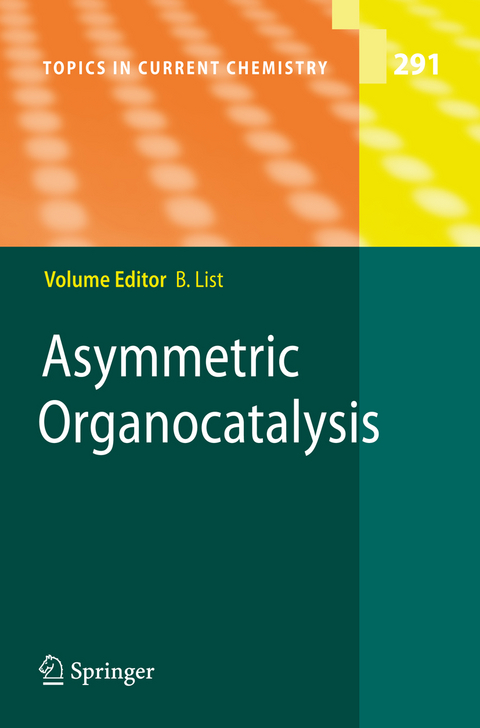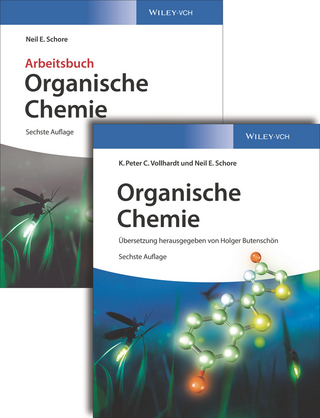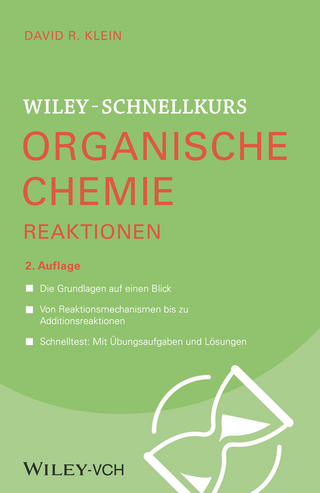
Asymmetric Organocatalysis
Springer Berlin (Verlag)
978-3-642-26279-1 (ISBN)
Kerstin Etzenbach-Effers, Albrecht Berkessel: Non-Covalent Organocatalysis Based on Hydrogen Bonding: Elucidation of Reaction Paths by Computational Methods.- Petri M. Pihko, Inkeri Majander, and Anniina Erkkilä: Enamine Catalysis.- Jennifer L. Moore, Tomislav Rovis: Lewis Base Catalysts 6: Carbene Catalysts.- Amal Ting, Jennifer M. Goss, Nolan T. McDougal, and Scott E. Schaus: Brønsted Base Catalysts.- O. Andrea Wong, Yian Shi: Chiral Ketone and Iminium Catalysts for Olefin Epoxidation.- Alan C. Spivey, Stellios Arseniyadis: Amine, Alcohol and Phosphine Catalysts for Acyl Transfer Reactions.- John B. Brazier, Nicholas C.O. Tomkinson: Lewis Base Catalysts 2 Secondary and Primary Amine Catalysts for Iminium Catalysis.- Oksana Sereda, Sobia Tabassum, and René Wilhelm: Lewis Acid Organocatalysts.- Daniela Kampen, Corinna M. Reisinger, and Benjamin List: Chiral Bronsted Acids for C Organocatalysis.
| Erscheint lt. Verlag | 4.5.2012 |
|---|---|
| Reihe/Serie | Topics in Current Chemistry |
| Zusatzinfo | XII, 460 p. 572 illus. |
| Verlagsort | Berlin |
| Sprache | englisch |
| Maße | 155 x 235 mm |
| Gewicht | 707 g |
| Themenwelt | Naturwissenschaften ► Chemie ► Organische Chemie |
| Naturwissenschaften ► Chemie ► Physikalische Chemie | |
| Schlagworte | Amine Catalysts • Asymmetric catalysis • Bronsted Acid Catalysts • Carbene Catalysts • catalysis • computational methods • electrophile • Enamine Catalysts • Lewis Acid Catalysts • Lewis Base Catalysts • Nucleophile • Olefin Epoxidation • Organocatalysis |
| ISBN-10 | 3-642-26279-1 / 3642262791 |
| ISBN-13 | 978-3-642-26279-1 / 9783642262791 |
| Zustand | Neuware |
| Haben Sie eine Frage zum Produkt? |
aus dem Bereich


